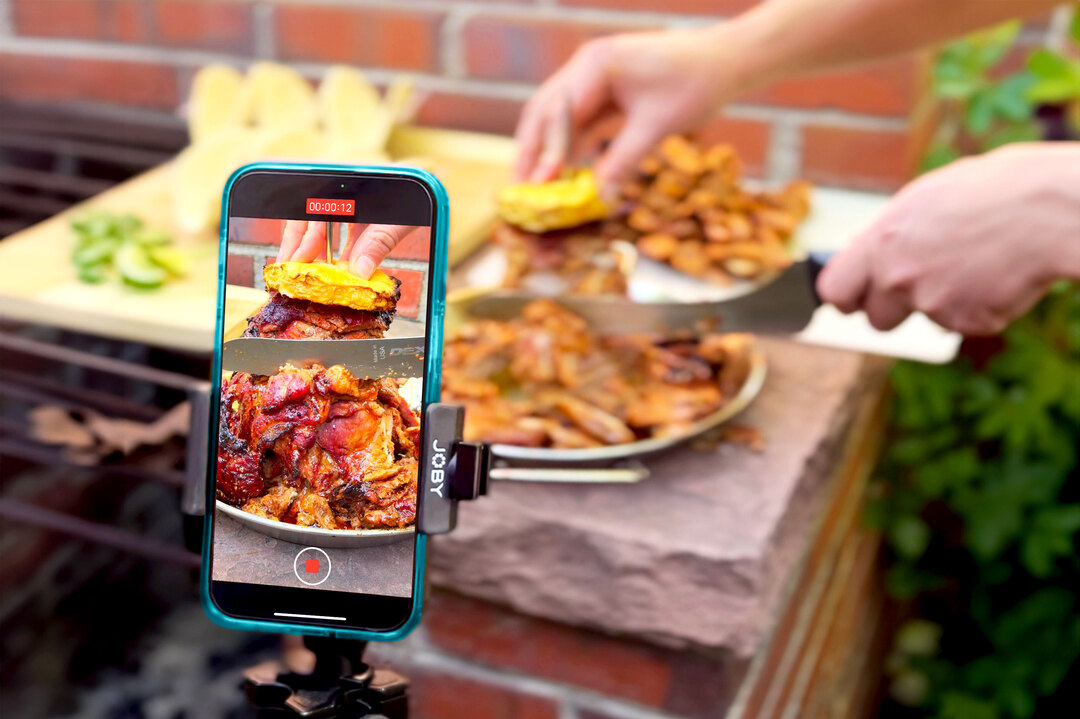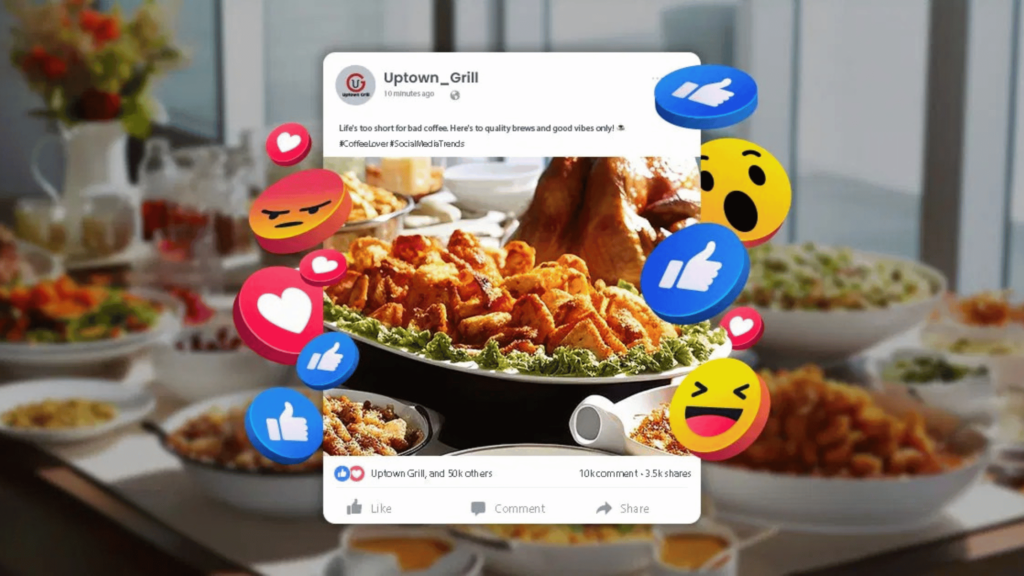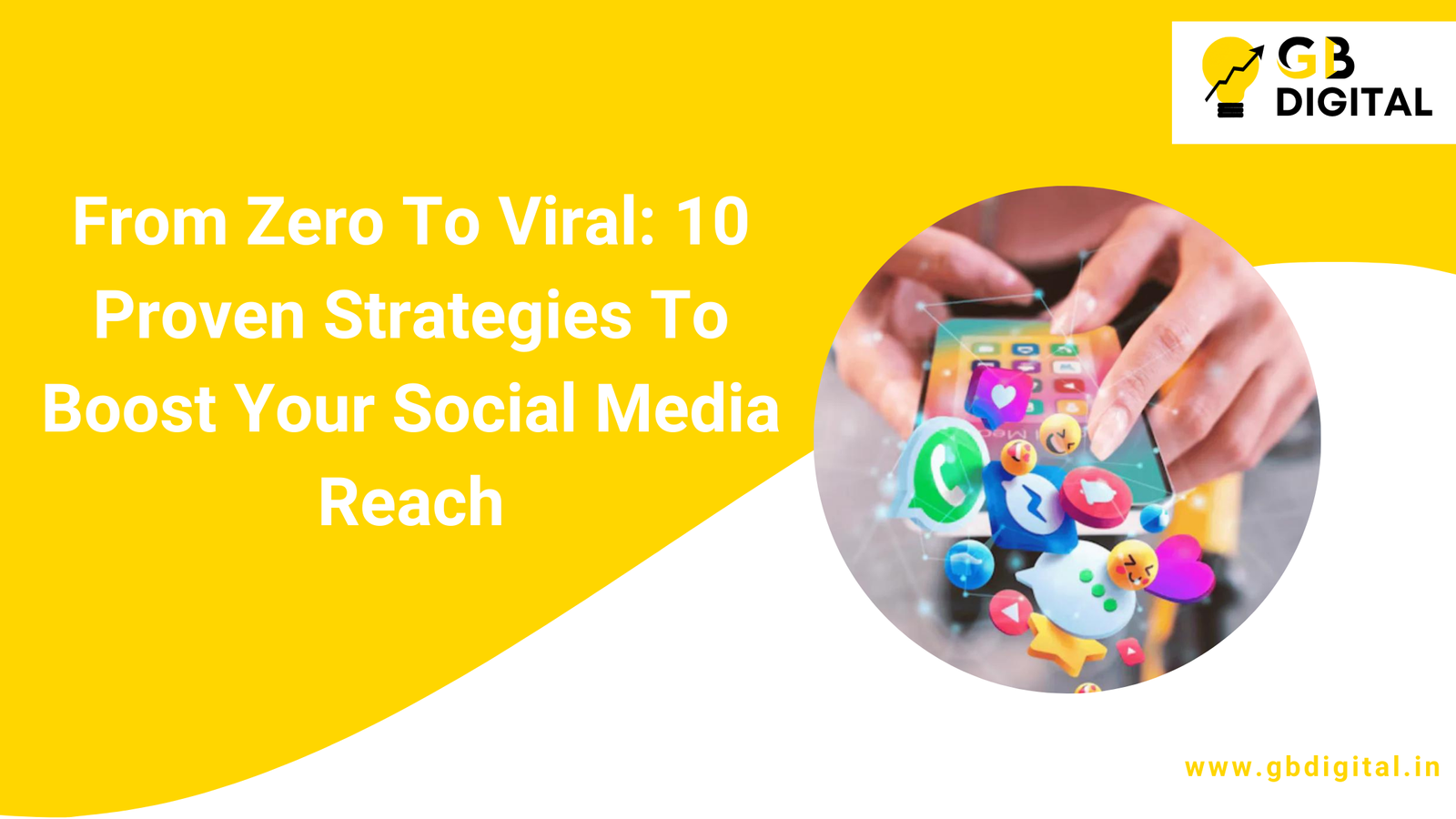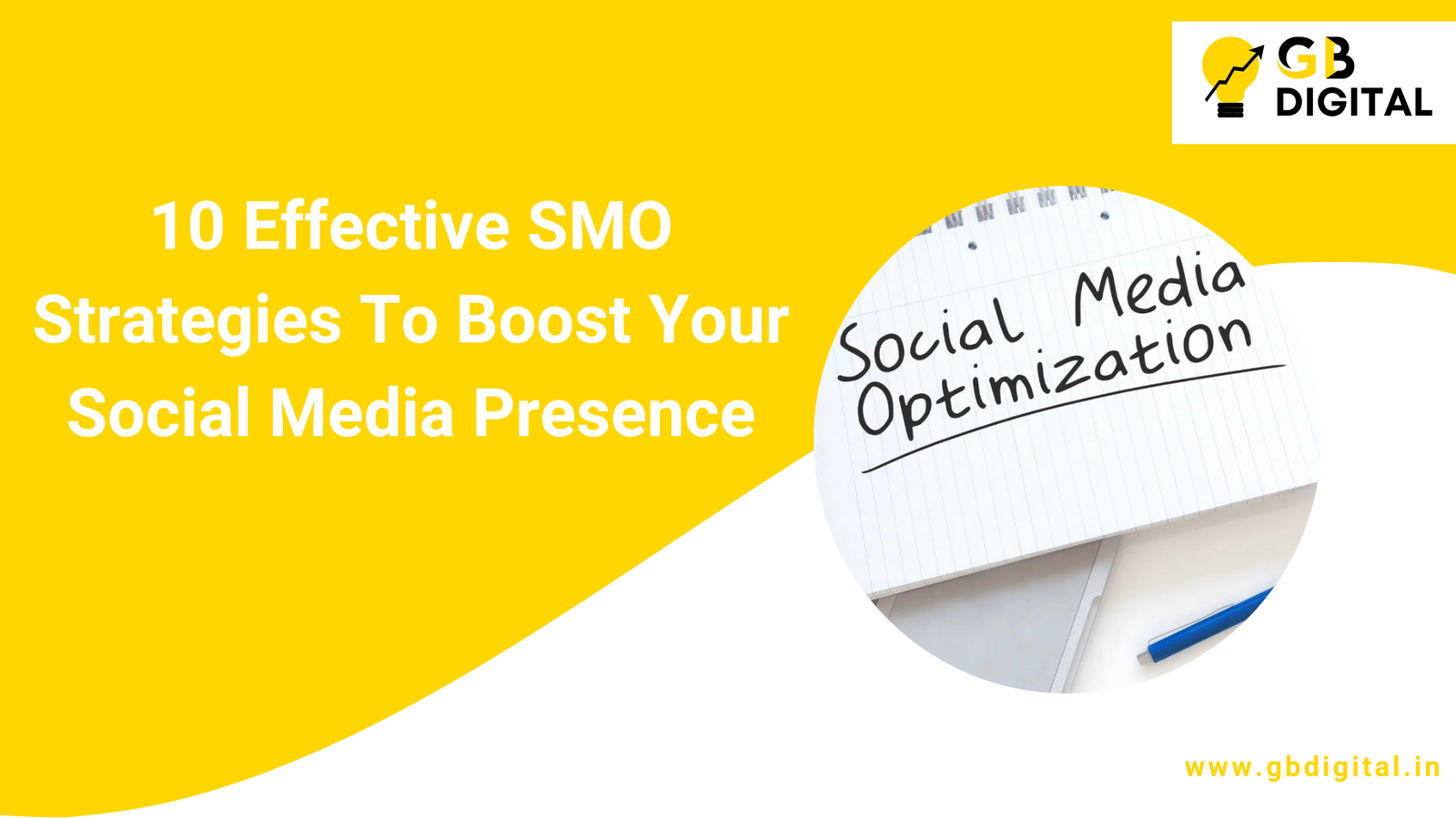In 2025, the competition for attention on social media is fiercer than ever. For food brands and creators, viral content is the key to standing out and driving engagement. With the right food marketing tactics and social media strategy, you can captivate your audience, build your brand, and even create trends. This Artical explores actionable tips to make your food content go viral and dominate the online food scene.
Why Viral Content is Essential for Food Marketing

1. Expands Your Reach
Viral content has the potential to reach millions of people across platforms, turning your brand into a household name almost overnight.
2. Builds Brand Credibility
Popular food content positions your brand as a trendsetter, earning trust and admiration from your audience.
3. Drives Engagement and Sales
Content that goes viral generates likes, shares, and comments, increasing visibility and encouraging more customers to explore your offerings.
Elements of Viral Food Content

1. Visual Appeal
Food content thrives on visual platforms like Instagram, TikTok, and Pinterest. Bright colors, creative plating, and mouthwatering close-ups are essential to grabbing attention.
2. Storytelling
Add a narrative to your content. Whether it’s the history of a dish, the story behind a recipe, or a day in the life of a chef, storytelling adds a personal touch that resonates with viewers.
3. Trendy Concepts
Keep your content aligned with current trends. Think viral recipes, unique food hacks, or collaborations with influencers who can amplify your reach.
4. Relatability and Humor
Relatable or funny content often gets shared. Memes, playful captions, or recreating popular challenges with a food twist can drive massive engagement.
Social Media Strategies for Viral Food Marketing

1. Leverage Short-Form Video
Platforms like TikTok, Instagram Reels, and YouTube Shorts dominate in 2025. Create quick, engaging videos showcasing recipes, food prep hacks, or behind-the-scenes moments to capture attention.
2. Utilize Hashtags and Trends
Participate in trending hashtags and challenges to increase your content’s visibility. Combine popular tags with niche-specific ones for maximum reach.
3. Engage with Your Audience
Respond to comments, share user-generated content, and ask questions to encourage interaction. Engaged audiences are more likely to share your content.
4. Collaborate with Influencers
Partner with micro or macro influencers in the food space. Their audience can amplify your content and introduce your brand to new followers.
Tips for Creating Viral Food Content

1. Focus on Timing
Post your content during peak hours when your audience is most active. Research the best posting times for your target platforms.
2. Experiment with Formats
Try a mix of videos, carousels, and interactive content like polls or quizzes. Diverse formats keep your audience engaged and increase your chances of going viral.
3. Highlight Unique Offerings
Feature dishes or products that are one-of-a-kind. Unusual ingredients, innovative cooking methods, or unexpected flavor combinations can spark curiosity and shares.
4. Encourage Sharing
Include calls-to-action (CTAs) that prompt viewers to share your content. Phrases like “Tag a friend who’d love this!” or “Share with your foodie squad!” drive organic reach.
Measuring the Success of Viral Content

1. Track Engagement Metrics
Monitor likes, comments, shares, and saves to gauge how well your content resonates with your audience.
2. Analyze Reach and Impressions
Review the total number of views and impressions your content receives to assess its virality.
3. Evaluate Follower Growth
Measure how many new followers your viral content brings in. A spike in followers indicates successful audience attraction.
4. Monitor Website Traffic and Sales
Track whether your viral content leads to increased traffic on your website or sales of featured products.
Conclusion
Making your food content go viral in 2025 requires creativity, a keen eye for trends, and a strong social media strategy. By focusing on visual appeal, storytelling, and audience engagement, you can create content that captivates viewers and drives meaningful results. Start experimenting with these strategies today and watch your food content dominate the digital landscape.
FAQ’s
Q1: What makes food content go viral?
Food content goes viral when it is visually appealing, aligns with trends, tells a compelling story, and encourages audience interaction.
Q2: Which social media platforms are best for viral food content?
Platforms like Instagram, TikTok, YouTube Shorts, and Pinterest are ideal for sharing visually engaging and trendy food content.
Q3: How can small food businesses create viral content?
Small businesses can focus on short-form videos, unique food offerings, and collaborations with local influencers to reach wider audiences.
Q4: How do hashtags help in food marketing?
Hashtags increase the discoverability of your content, helping it reach audiences beyond your existing followers and aligning with trending topics.
Q5: What metrics should be tracked for viral content success?
Track engagement (likes, comments, shares), reach, impressions, follower growth, and website traffic to evaluate the success of your content.








